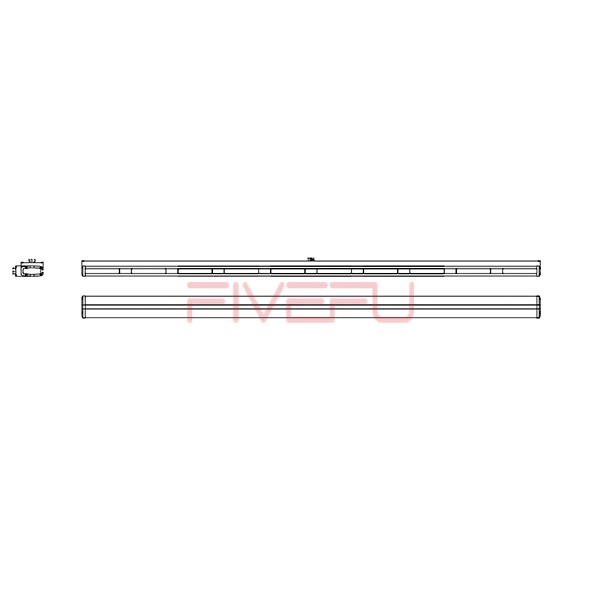In the world of compact and efficient transportation, small cars are the champions of economy and maneuverability. However, safety should never take a back seat, and warning lights play a vital role in ensuring the safety of both the driver and other road users. In this article, we’ll explore the applications and significance of warning lights in small cars.
Safety at the Core
While small cars excel in fuel efficiency and urban mobility, they must also excel in safety. In congested city streets or on highways bustling with traffic, warning lights are the small car’s silent guardians, providing vital cues and enhancing overall safety.
Enhancing Visibility
The primary purpose of warning lights in small cars is to enhance visibility. These vehicles, often compact and low-profile, can sometimes go unnoticed amid larger vehicles. Warning lights, strategically placed and designed, ensure that the small car remains visible to other drivers, especially in adverse weather conditions or low-light situations.
Signaling Intent and Actions
Warning lights in small cars are not merely decorative; they are functional tools for signaling intent and actions. Turn signals, for instance, use blinking lights to indicate a lane change or a turn. Brake lights alert following vehicles to your slowing down or stopping, reducing the risk of rear-end collisions.
Mitigating Accidents
The ultimate goal of warning lights is to prevent accidents. Small cars can sometimes be underestimated by other drivers due to their size. Warning lights serve as a proactive safety measure, providing clear signals to surrounding vehicles and pedestrians. By doing so, they reduce the likelihood of accidents and collisions.
Compliance with Regulations
The application of warning lights in small cars is subject to regulations and standards that vary by region and vehicle type. It’s crucial for small car manufacturers to adhere to these regulations to ensure the safety and legality of their vehicles. Failure to comply with these standards can result in legal complications and safety hazards.
Types of Warning Lights for Small Cars
Small cars are equipped with a range of warning lights designed for specific purposes, including:
Headlights: Essential for visibility in low-light conditions, headlights are a primary safety feature.
Turn Signals: These lights indicate the driver’s intention to change lanes or make a turn, promoting safe and predictable driving behavior.
Brake Lights: Brake lights activate when the driver applies the brakes, alerting following vehicles to a decrease in speed.
Hazard Lights: Hazard lights are used to indicate an emergency or to signal that the vehicle is stationary and obstructing traffic.









